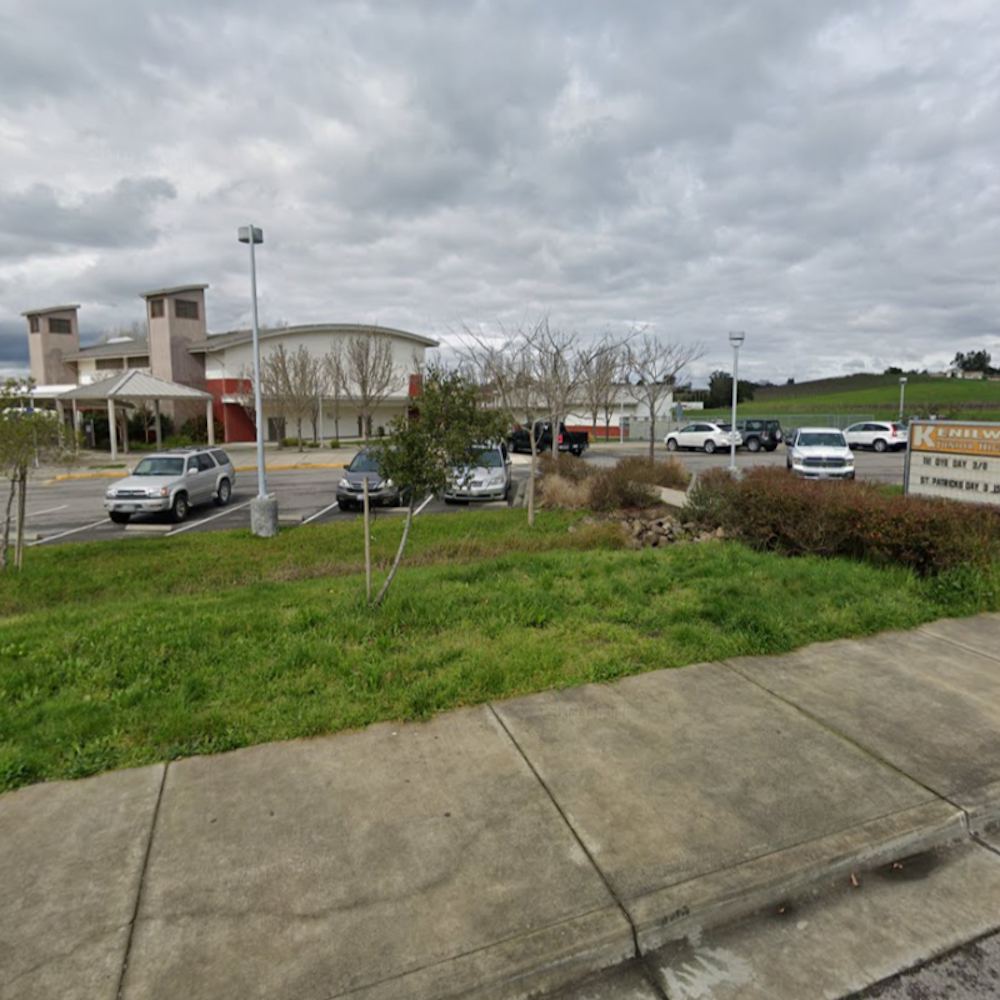
In response to concerns about mosquito populations and the potential for diseases like West Nile virus, Santa Clara County is employing cutting-edge drone technology to tackle the issue, and this move is generating buzz about the effectiveness of such approaches in public health and vector control.
According to the Silicon Valley Voice, the County of Santa Clara Vector Control District recently began using unmanned aircraft systems, commonly known as drones, to apply larvicides in wetlands and other nonresidential areas, areas that are difficult to access and serve as breeding grounds for disease-carrying mosquitoes. What makes this approach especially noteworthy is its potential to boost public health while having a minimal impact on the environment, as it allows for more precise application and reduces the need for staff to venture into challenging terrain.
As the Mercury News reported, the use of drones in mosquito control was prompted by a particularly wet winter in the area, resulting in an abundance of stagnant water, which in turn creates breeding sources for mosquitoes. Because they can spread diseases like West Nile virus, controlling mosquito populations is essential for public health. The unmanned aircraft systems make larvicide application more effective and sustainable, as they cause less disruption to ecosystems and help protect employees from potential hazards, according to an article from the County of Santa Clara.
As the Mercury News points out, drones might be the futuristic solution the county needs to prevent a rise in mosquito populations and associated vector-borne diseases. Edgar Nolasco, Director of the County's Consumer and Environmental Protection Agency, noted that adopting the drone technology aligns with the agency's commitment to finding new ways to improve its processes. Furthermore, the move is part of a growing trend in California vector control agencies leveraging drone technology for public health purposes.
However, it is crucial to note that while using drones for mosquito control is an innovative approach, it also necessitates a concerted effort by the community to maintain vigilance and take appropriate steps to minimize standing water on their properties, as the Silicon Valley Voice suggests. Such collective awareness and action can help safeguard the population from mosquito-borne diseases, highlighting the importance of community engagement and cooperation in public health matters alongside technological advancements.
In other parts of the world, drones are already demonstrating their potential for assisting in health-related projects. For example, a Reuters article highlighted how in Peru's Amazon region, drones have been used to fly supplies including anti-venom for snake bites to isolated communities, while also helping to transport blood samples from patients to hospitals. In the Dominican Republic, WeRobotics and its local partners have tested drones for delivering medical supplies. These examples showcase the versatility of drones in supporting public health initiatives.
Back in Santa Clara County, as local agencies continue to monitor and manage the mosquito population, the drone program is expected to make a notable difference in the efficacy of combating potential disease transmission. The public remains cautiously optimistic that this high-tech, environmentally friendly solution will prove successful as a preventive measure, mitigating the risks associated with mosquito-borne diseases and fostering healthier communities in the region.









